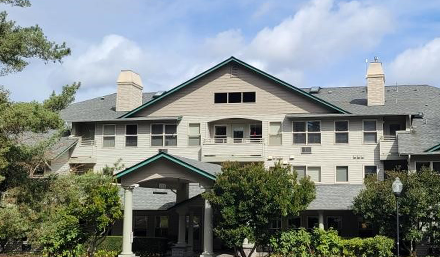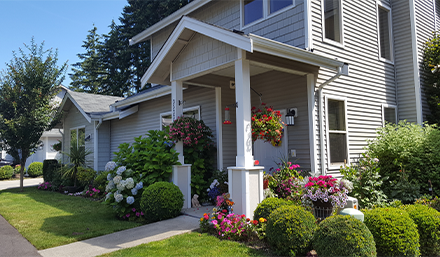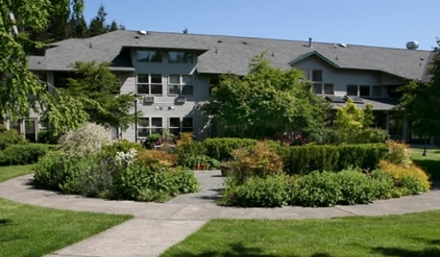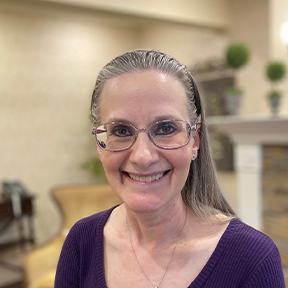LIVE YOUR WAY IN
Federal Way
Discover a place where people care about you–and for you–like family. Why wait when you can live in a close-knit neighborhood surrounded by nature’s splendor? You’ll be welcomed by friendly faces and beautiful spaces. And that’s just the beginning.

A lifestyle of choice.
Abundant options for a fulfilling physical, social, emotional, and spiritual life.
Delicious variety to satisfy your culinary tastes and dietary needs.
A full calendar of events to connect, laugh, and learn.
Who knew downsizing could be so uplifting?
From the moment you arrive at Village Green Federal Way, you’ll know there is something unique and special.

Spacious, independent living apartment homes in the heart of our vibrant community.
Starting at $4,395./mo.

Spacious, well-appointed residences offering amenities, services, and much more.
Starting at $5,495/mo.

Independent and assisted living apartment homes surrounded by the comforts of nature.
Starting at $3,495/mo.
Living Options
Convenience, community, and caring staff create a family atmosphere where independence thrives.
Independent Living
Feel free to choose your own adventure every day, knowing that we have taken care of everything else.
Assisted Living
Supportive services and care that allow residents to remain as independent as possible in their own private residences.
Short-Term Stays
Book a brief stay for respite care, overnight guests, or just to get an idea of what it’s like to live in this lovely environment.
Contact Us
Stay updated
Enter your email to get news and updates about Village Green Federal Way.







